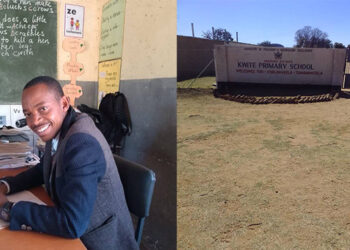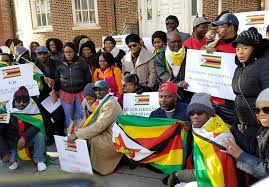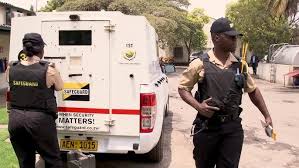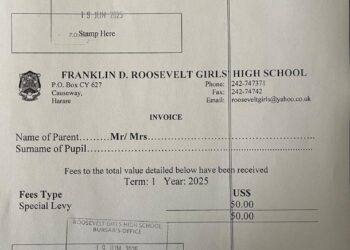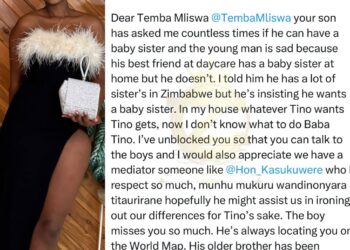PRESIDENT Mnangagwa is impressed by the progress being made at the Museum of African Liberation in Harare, saying it is important that African countries’ liberation stories are never forgotten.
He toured the museum yesterday, with his visit coinciding with the 61st anniversary of the ruling Zanu PF party which was formed on August 8, 1963.
Addressing journalists on the sidelines of the tour, President Mnangagwa said he was satisfied to note that the vision for the Museum of African Liberation was actualising and that Zanu PF continued to deliver.
During the forthcoming 44th SADC Summit of Heads of State, member states will be given land by the Museum of African Liberation for their own works to memorialise the region and Africa’s history.
The land donation is part of the Museum of African Liberation’s inclusive efforts to project elements of the region’s cultural heritage and its collective identity, to enable people to keep the memory of the continuities of their struggle against colonialism.
“Well from my last visit, there is remarkable development actualising the vision which we have for this place. It is going to tell our history, our liberation struggle, our independence and of course the history of our people,” President Mnangagwa said.
“It’s a great day. I am happy that we still have people who were there when Zanu was born.”
The President said seeing the artillery displayed at the museum brought back memories of what Zimbabweans went through before attaining Independence.
“You young people when you look at this, you have no memories but when I look at this I then have memories in my mind about where we came from and the struggle we went through. I think of my comrades who are not here who fell by the wayside in our struggle for independence. So when I see these artefacts, those memories come back,” he said.
President Mnangagwa then turned to the Nyadzonya Massacre of refugee youths which happened exactly 48 years ago on August 9, 1976 in Mozambique.
Code-named “Operation Eland” by the racist Rhodesian regime, the attack was approved by General Peter Walls, the head of the Rhodesian army. It was carried out by 72 Selous Scouts commanded by South African Captain Bob Warracker. A total of 1 028 refugees died out of the 5 250 that occupied the camp.
The dead were buried in 10 mass graves while the more than 1 000 seriously injured were admitted at Chimoio, Beira, Tete and Katandica Hospitals in Mozambique.
President Mnangagwa said such days were worth remembering as they served as a reminder of what it took to liberate Zimbabwe.
“Lots of lives were lost at Nyadzonya as a result of an attack by the Smith regime then. Lots of our girls and boys perished on that occasion but of course that was the process for liberation and independence.
“We have to remember that, that is the process for independence, we had to sacrifice to reach where we are today,” he said.

